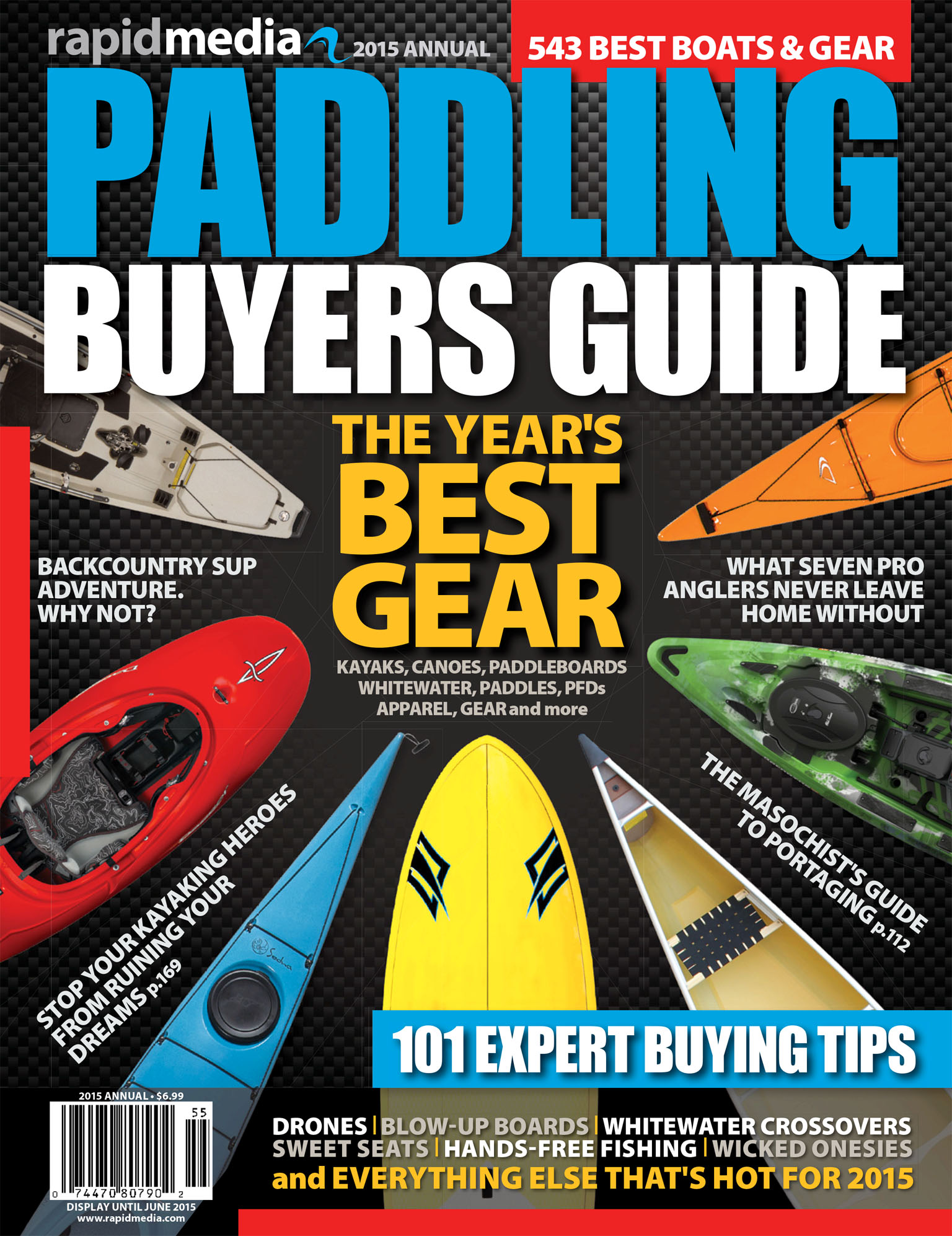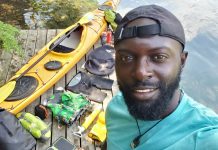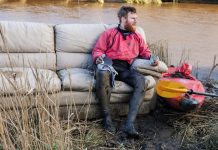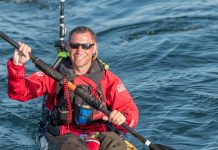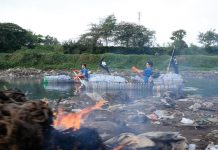Using only turn-of-the-century equipment, Peter Marshall and Andrew Morris set out to retrace a 600-kilometer route through the rugged Canadian province of Labrador last summer. Their proposed path followed the 1905 route of Mina Hubbard, a young widow who set out to complete an exploratory route along the then-unmapped Naskapi River, which had claimed the life of her husband. In what was one of the most anticipated expeditions of the summer, and with a camp kit that featured throwbacks like a waxed canvas tent, tin cloth rain gear and a cedar canvas canoe, the twosome struggled forward for 130 kilometers before turning back—here Marshall shares what went wrong.
WHO INSPIRED THIS EXPEDITION?
Labrador is wild and remote—it’s always been enchanting to me. After reading about the tragic expedition and death by starvation of explorer Leonidas Hubbard, I was even more interested. To my knowledge, no one has paddled this specific route since his widow, Mina Hubbard, who completed it in his honor in 1905. So there was the big historical element.
WHY USE TRADITIONAL EQUIPMENT?
I had paddled more than 10,000 kilometers in Canada’s North on several expeditions and I was looking for a new kind of trip. I had always been equipped with Royalex canoes, GoreTex, the most lightweight materials and top-of-the-line gear. When I read about historical expeditions, I sometimes felt like I was cheating.
WHEN DID YOUR APPRECIATION FOR EARLY EXPLORERS CHANGE?
It was Leonidas’ trip mate, Dillon Wallace, who chron-icled the tragedy of the expedition in Lure of the Labrador Wild. It’s written in classic man-versus-na-ture style. In comparison, Mina’s published expedi-tion journal is full of joy and wonder for the wild. I had always liked Mina’s perspective more, but we definitely had several of what we called “Dillon Wallace days”—hard and tough.
WHERE DID YOU TURN BACK?
After bushcrashing for three days we’d gone a mile and a half. I had developed micro fractures in one foot, and Andrew had obvious tendon dam-age. At that pace of travel, we would have had 10 days of food left for 400 miles after the portage. We had to separate our emotions from the facts. Labrador has a history of expeditions not turning back when they should—we didn’t want to make that mistake.
WHAT EFFECT DID THE TRADITIONAL GEAR HAVE ON THE TRIP?
It was wonderful traveling with non-synthetic equipment, even though it was bulky and heavy—us- ing modern equipment would not have affected the outcome of the expedition. Prior to the trip I had romantic notions that our traditional gear would bring us closer to nature, but, ultimately, it was just gear. The satisfaction of wilderness travel comes from being out there, not from the equipment we use.
